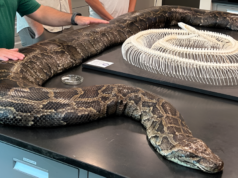
Archaeologists in the Netherlands recently revealed the secrets of pre-Christian rituals in Europe. Metal detectorists discovered a trove of more than 100 gold and silver coins, which archaeologists traced to an ancient cult site. The buried coins were known as “devil’s money,” a sacrificed offering to pagan gods at Pagan cult sites, buried for some 1,300 years. This discovery offers significant insights into the religious practices and cultural changes that took place during the early Middle Ages.
Discovery Overview
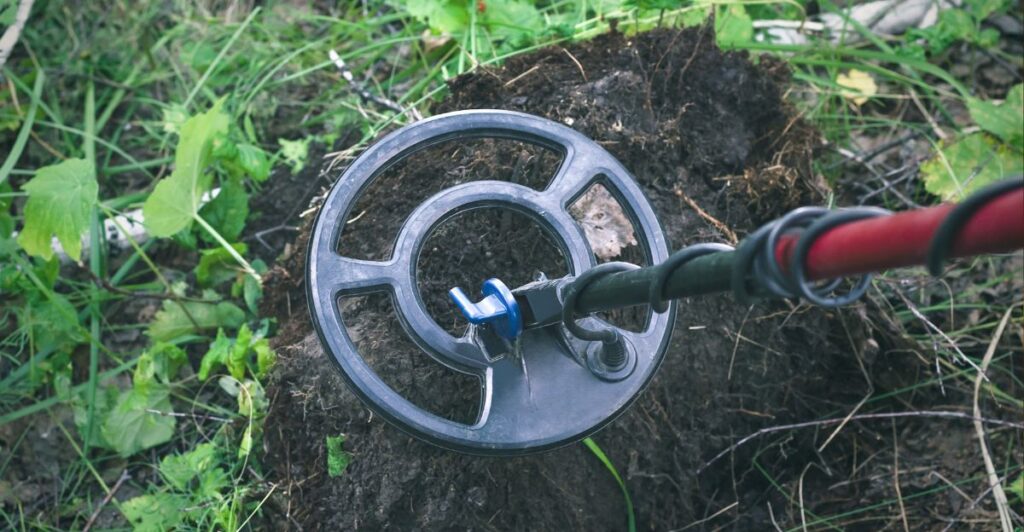
The discovery was made at a site near Hezingen, a small village near the Netherlands’ border with Germany. The site was excavated following initial findings by metal detectorists in 2020 and 2021. Jan-Willem de Kort, an archaeologist with the Cultural Heritage Agency of the Netherlands, conducted extensive research about the area to suggest continuing the investigation.
Historical Context
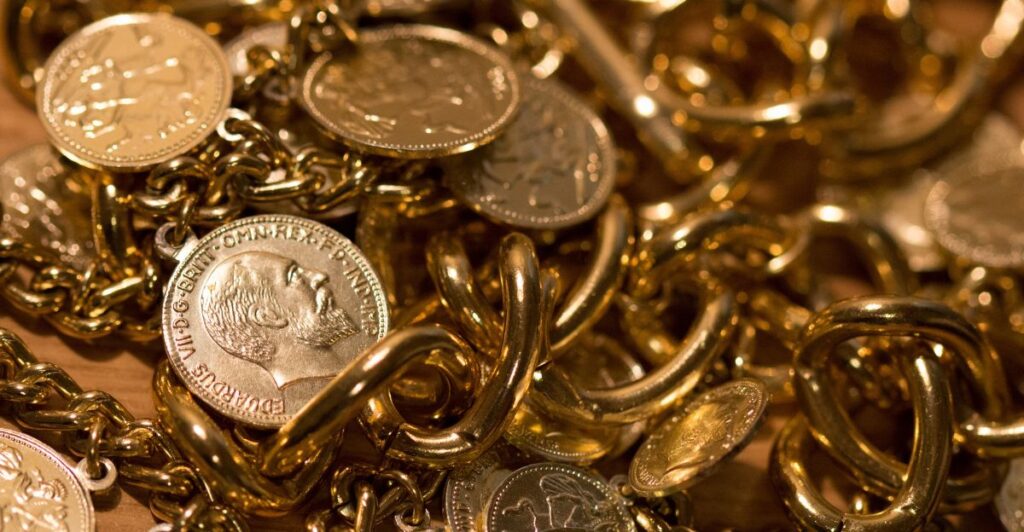
The coins date to circa 700 A.D., including rare pieces minted by the Frankish Empire. Metal jewelry objects, including pendants and earrings, were also found with the coins. This period is significant because it marks a time when Christianity spread throughout Europe, influencing local pagan traditions.
Cult Rituals
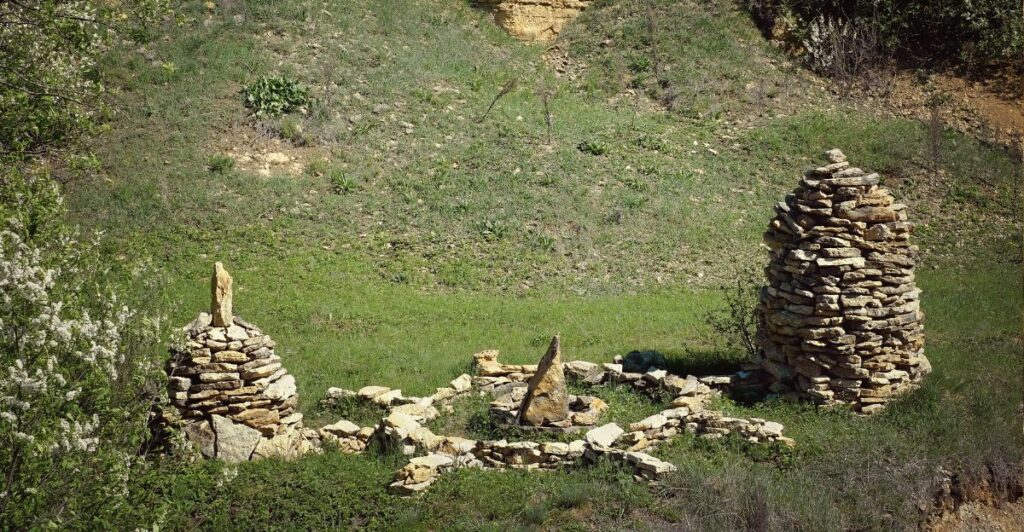
Experts believe that these artifacts were used in cult rituals at an open-air site discovered nearby. “Devil’s money” refers to coin offerings found at pagan cult sites before Christianity became widespread.
Site Layout and Features
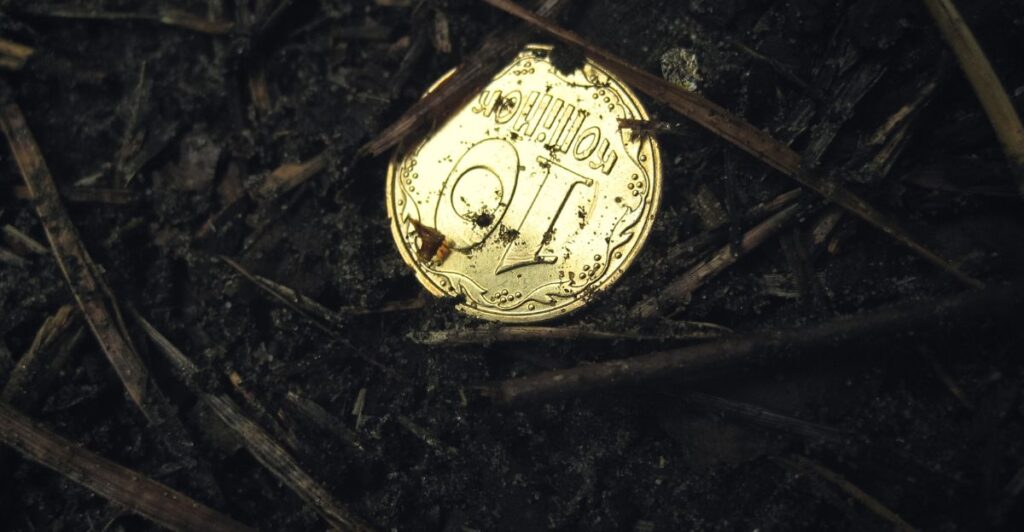
The archaeological site includes three distinct areas with various findings: one area included a single gold coin; in another area, there were almost two dozen whole or broken gold coins, along with jewelry; and in a third area, there were additional fragments of gold coins. They also discovered remnants of an old structure likely constructed during the sixth century.
Seasonal Alignments
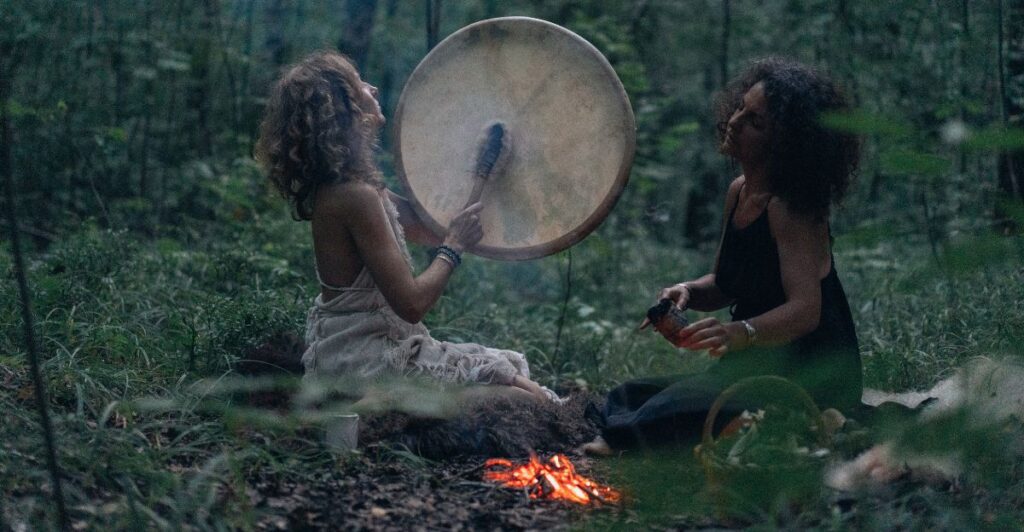
Seventeen postholes for wooden posts aligned with spring and autumn equinoxes indicate that seasonal rituals played a significant role at this site. All of these alignments suggest associations with fertility rites or harvest celebrations.
Evidence of Animal Sacrifices
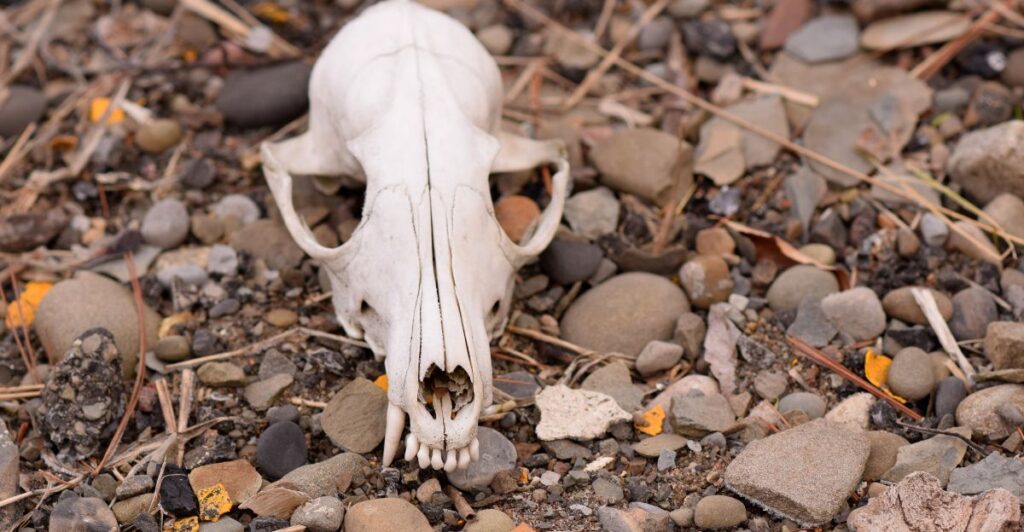
Geochemical analysis revealed evidence of animal sacrifices at the site, further supporting its use for ritual purposes. The sacrifices would have likely involved livestock animals such as cattle or pigs—two animals that are frequently associated with fertility rites in ancient cultures—and which may have been performed during particular types of ceremonies related to the agricultural cycles or lunar phases. Animal remains discovered around ritualistic structures often provide important insights into how the events unfolded. Moreover, such practices highlight how deeply intertwined spiritual beliefs were with everyday life activities such as farming among pre-Christian communities. Additionally, the analysis of sacrificial remains can reveal dietary practices and economic structures during that era.
Cultural Significance
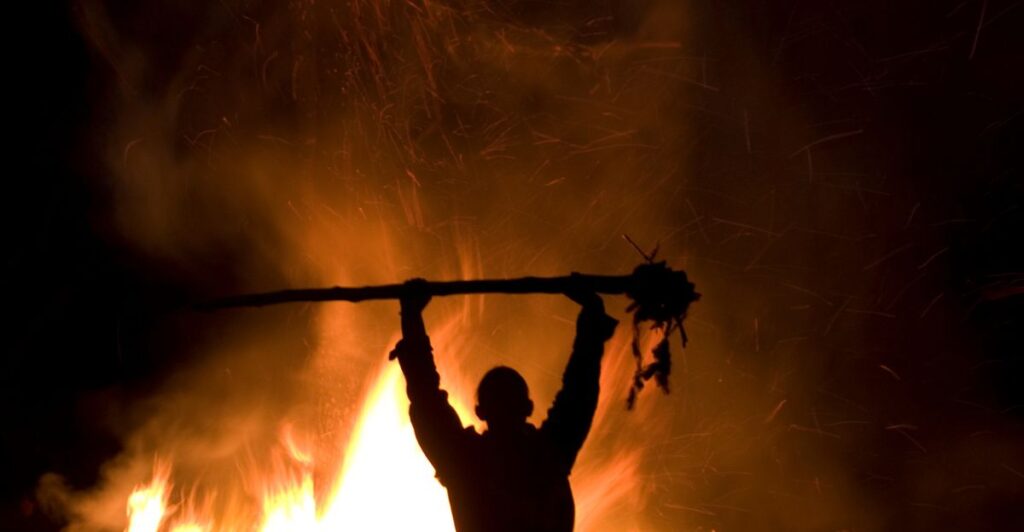
This discovery provides rare insights into pre-Christian cult practices in regions like northern Germany and Britain, compared to better-documented Nordic regions.
Trade Networks Indicated by Coins
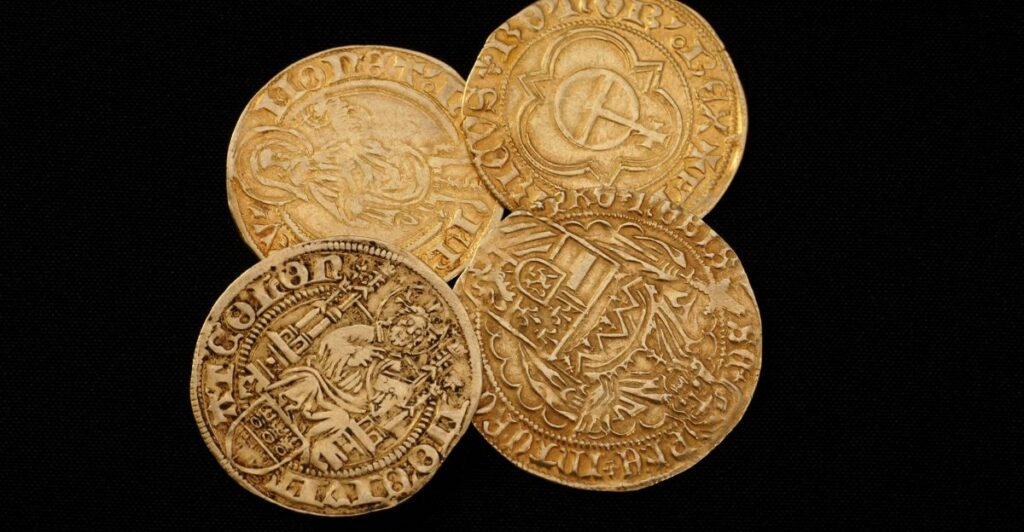
An overview of coin origins—from the Frankish mints to Anglo-Saxon territories—indicates extensive trade networks that culturally and economically connected Hezingen to other regions in this period.
Elite Involvement in Rituals
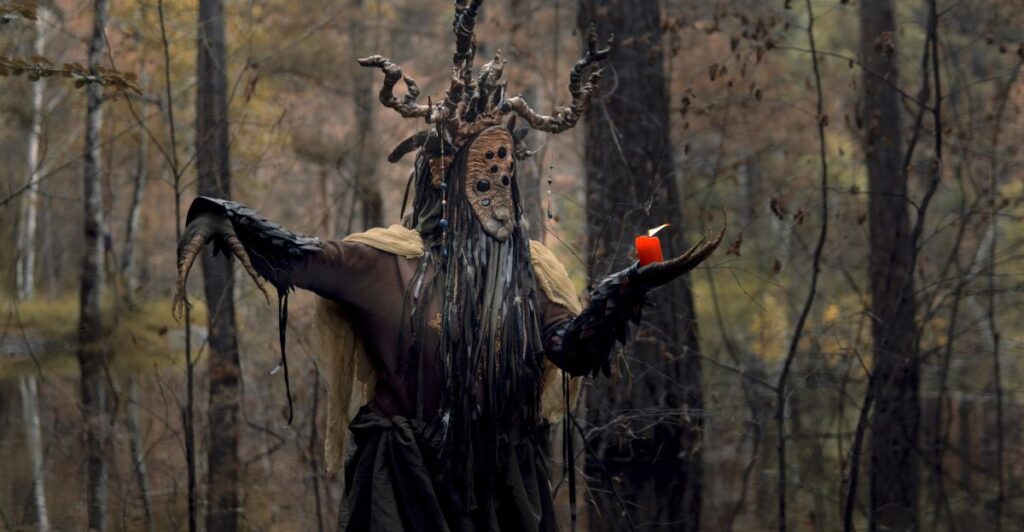
Researchers suggested that local elites primarily used the cult site for status enhancement through valuable offerings like gold jewelry. This stands in contrast to more humble personal offerings at other sites, which are less precious.
The Rise of Christianity and its Impact on Cult Practices

The abandonment of this cult site coincides with early Christian conversions about 700 A.D. when areas such as these likely saw their wealthier citizens being among the early adopters of Christianity due to their wealth status as indicated by finds of valuable items like the “devil’s money” hoards.
Historical Implications for Conversion Processes

Missionary texts required coverts to renounce their previous beliefs completely; thus, abandoning such sites was part of fully embracing Christianity. Synopsis: The Hezingen discovery illustrates how pagan cultures evolved to Christian beliefs. Implications for Future Research: Future studies may investigate comparable transitions in other regions of Europe. Cultural Insights: These discoveries are significant not only historically but also culturally, as they provide insight into how religions changed the path of societies throughout history.
A Momentous Archaeological Discovery
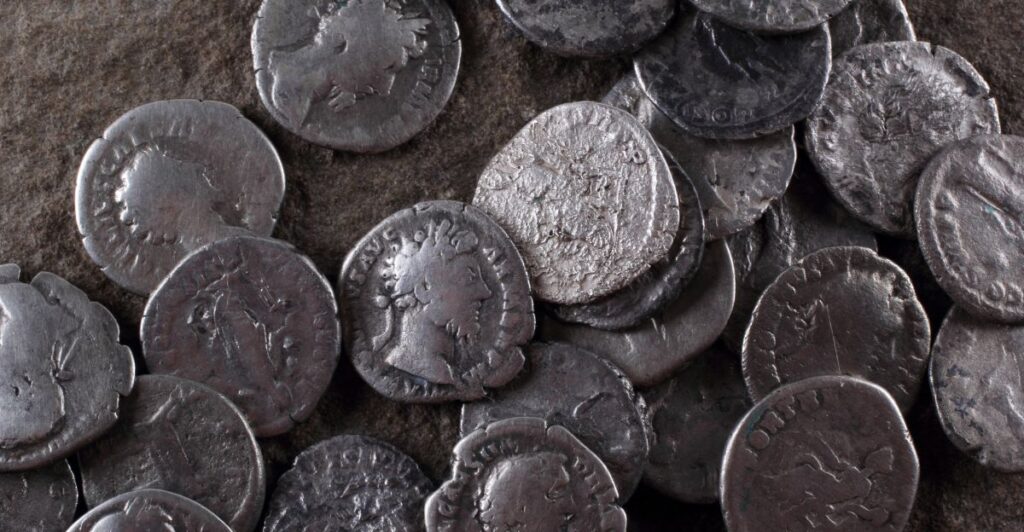
Such a momentous archaeological discovery sheds light not only on past religious practices but also serves as a reminder that long-lost artifacts often denote something far deeper than their monetary value. It’s a testament to human ingenuity emanating centuries later from objects left behind.
Discover more of our trending stories and follow us to keep them appearing in your feed

The War on Cows Is Over—And Green Extremists Have Lost
10 Dog Breeds That Shouldn’t Be Pets
California Is Breaking Apart: A Fault Line Is Forming Faster Than Anyone Predicted
Philanthropist Promises To Cover $771.23M Annually After US Exit From Climate Accords
References:
Reference 1
Reference 2
Reference 3
This article first appeared here
Stay connected with us for more stories like this! Follow us to get the latest updates or hit the Follow button at the top of this article, and let us know what you think by leaving your feedback below. We’d love to hear from you!



